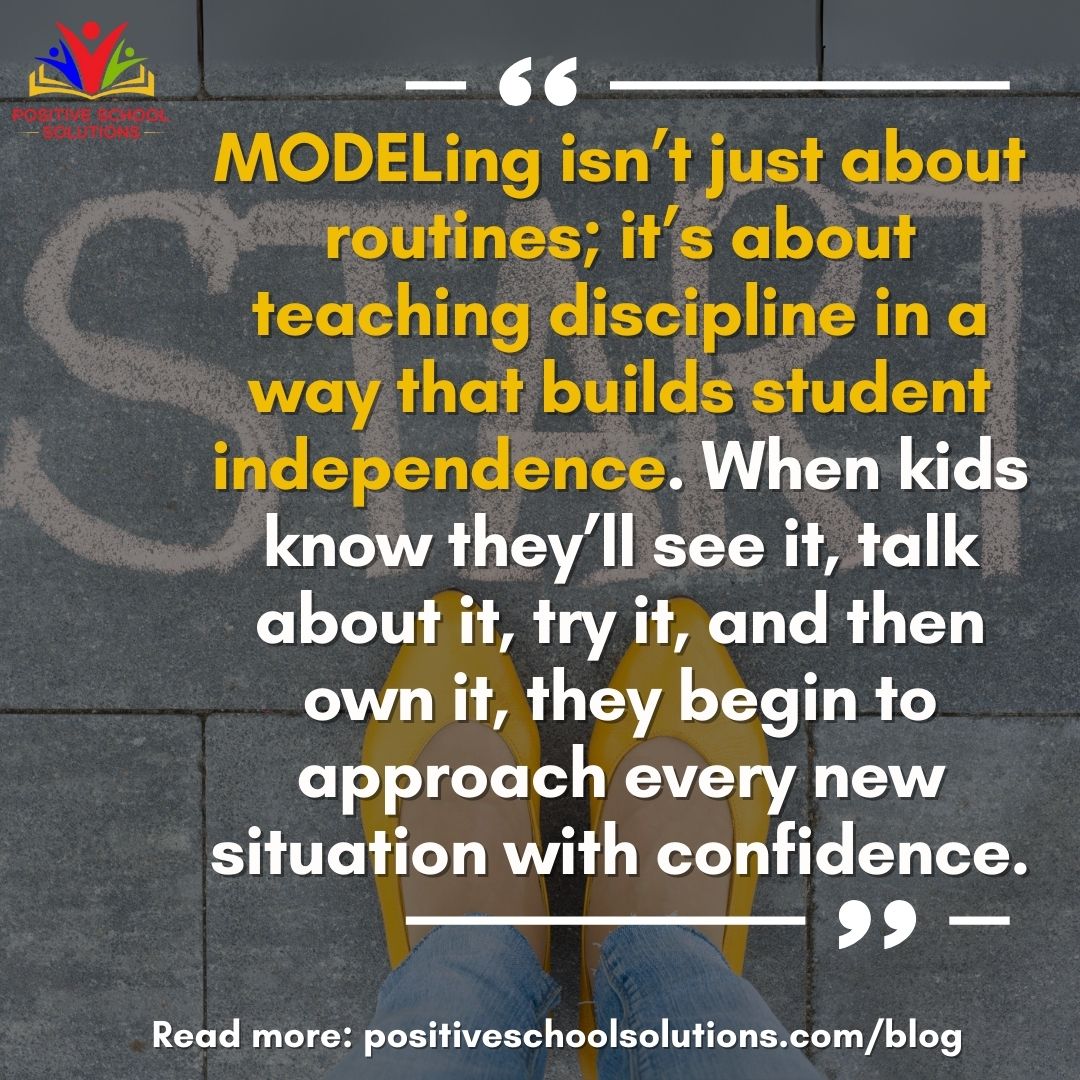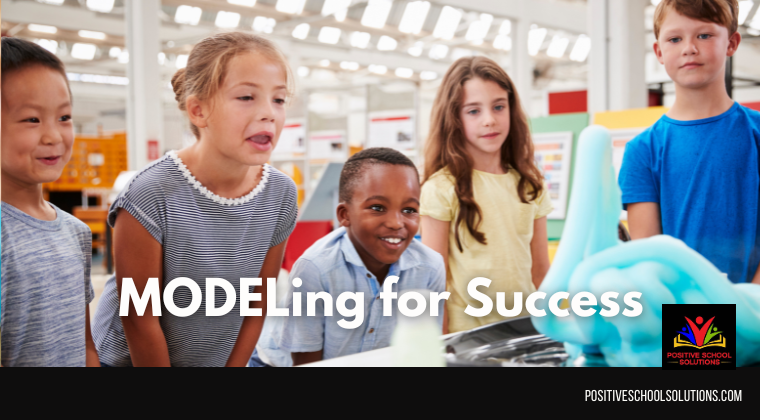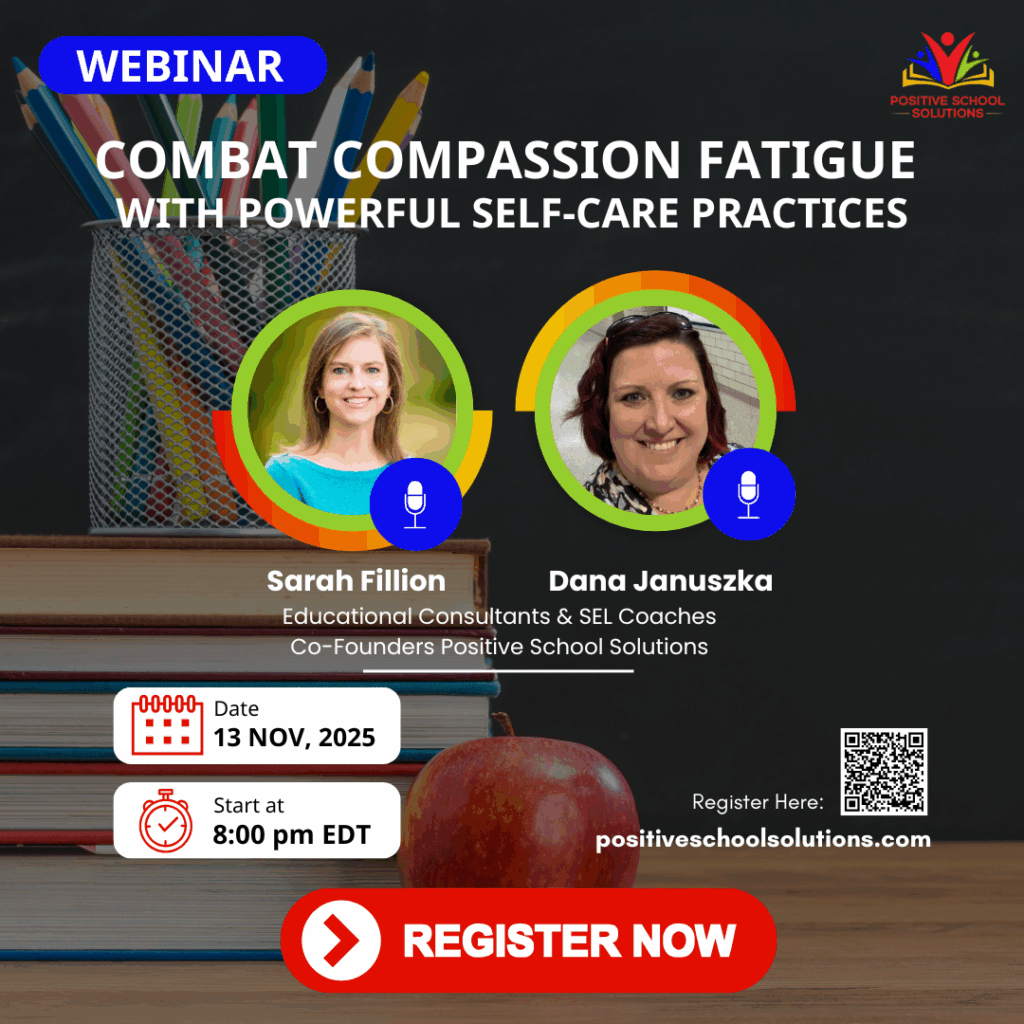The first week of school is a magical mix of fresh pencils, eager faces, and… an overwhelming list of routines and procedures you feel like you have to teach yesterday.

You want your students to know everything — how to line up, transition between subjects, use every supply, work with partners, clean up, turn in assignments, walk to the lunchroom, respond to the fire alarm, and about 52 other things.
But the reality is that you can’t spend 6 straight hours a day in Week 1 doing nothing but teaching routines! And you don’t have to.
Instead, you can take a deep breath and use the MODEL approach (Motivate – Observe – Discuss – Experience – Launch) to introduce routines in a way that sets students up for independence and confidence without overwhelming you or them.
Here’s how MODEL works:
- Motivate – Share why this matters. Students buy in more when they know the “why.”
- Observe – Show them exactly what it looks like (and what it doesn’t look like).
- Discuss – Let students share what they noticed.
- Experience – Give them a chance to try it right away.
- Launch – Reinforce expectations as they go forward — and revisit as needed.
Example: Let’s say you’re teaching students how to enter the room in the morning.
- Motivate: “When we start calmly, it sets us up for a smoother day.”
- Observe: You walk in slowly, unpack, and get started on the warm-up.
- Discuss: Students name what they saw — “You put your backpack on the hook,” “You sat quietly.”
- Experience: Everyone tries it together.
- Launch: You reinforce what you saw and share that tomorrow morning you’ll watch to see everyone enter just like we practiced today.
This whole process takes less than 10 minutes, but the payoff is huge: students feel confident, and you’ve set a standard you can revisit all year long.
You Don’t Have to MODEL Everything at Once
Think of it like your closet. You don’t wear every outfit you own in one week — you bring things out when you need them. Routines are the same way.
If it’s not going to be used in Week 1, you can wait to MODEL it until it’s relevant.
Example:
If you have shiny new markers and crayons, don’t introduce them on Day 1. Use last year’s extras for the first week or two. Then, right before your first art or poster project, say:
“We haven’t yet talked about how to use these markers in our classroom. Up until now, we didn’t need them, but now that we’re starting this special project, I want you to have the best tools possible. I’m going to MODEL how we’ll use and care for them so they last all year.”
Whether you’re reusing old supplies or waiting until the right moment to roll out new ones, the key is timing — introducing routines when they’re meaningful gives students a clear reason to follow them.
What to MODEL in the First 5 Days
While every classroom is different, here are high-impact routines to start with:
Day 1–2
- Entrance routine (how to come in, where to put belongings, what to do first)
- Walking in the hall
- Fire drill/lockdown drill procedures
Day 3–4
- Finding a partner or group
- Cleaning up materials
- Transitioning between subjects or activities
Day 5
- Lunchroom expectations
- End-of-day dismissal
Pro tip: You can layer these in, revisiting them when needed and introducing new MODEL lessons when fresh routines or tools become relevant. If you’re wondering, “Which routines are truly non-negotiable?” check out our blog, First Five Days of MODELing Routines and Procedures. It dives into key questions to help you prioritize the routines that will set the tone for the entire year.
MODELing isn’t just about routines; it’s about teaching discipline in a way that builds student independence. When kids know they’ll see it, talk about it, try it, and then own it, they begin to approach every new situation with confidence.
MODELing All Year Long
The first few weeks set the tone, but MODELing isn’t just for August and September.
Use it to:
- Revisit a routine that’s gotten sloppy
- Introduce new tools (clay, calculators, maps, lab equipment)
- Prepare for special events (field trips, assemblies, guest speakers)
When students see that routines matter in every season, they learn discipline, ownership, and pride in their work.
The start of school is exciting — but you don’t have to do it all at once. Prioritize the most essential routines for the first few days, and trust that you can (and should) MODEL the rest when it matters most. That’s how you keep your sanity and build a classroom that runs with confidence and care.
Ready to make MODELing your secret weapon this year?
Our on-demand MODELing course is designed to help you master this game-changing approach — boosting student engagement, strengthening relationships, and creating a classroom where kids feel connected and ready to learn.
Explore the course and see how MODELing can transform your classroom all year long.
Written by Sarah Fillion 2025


